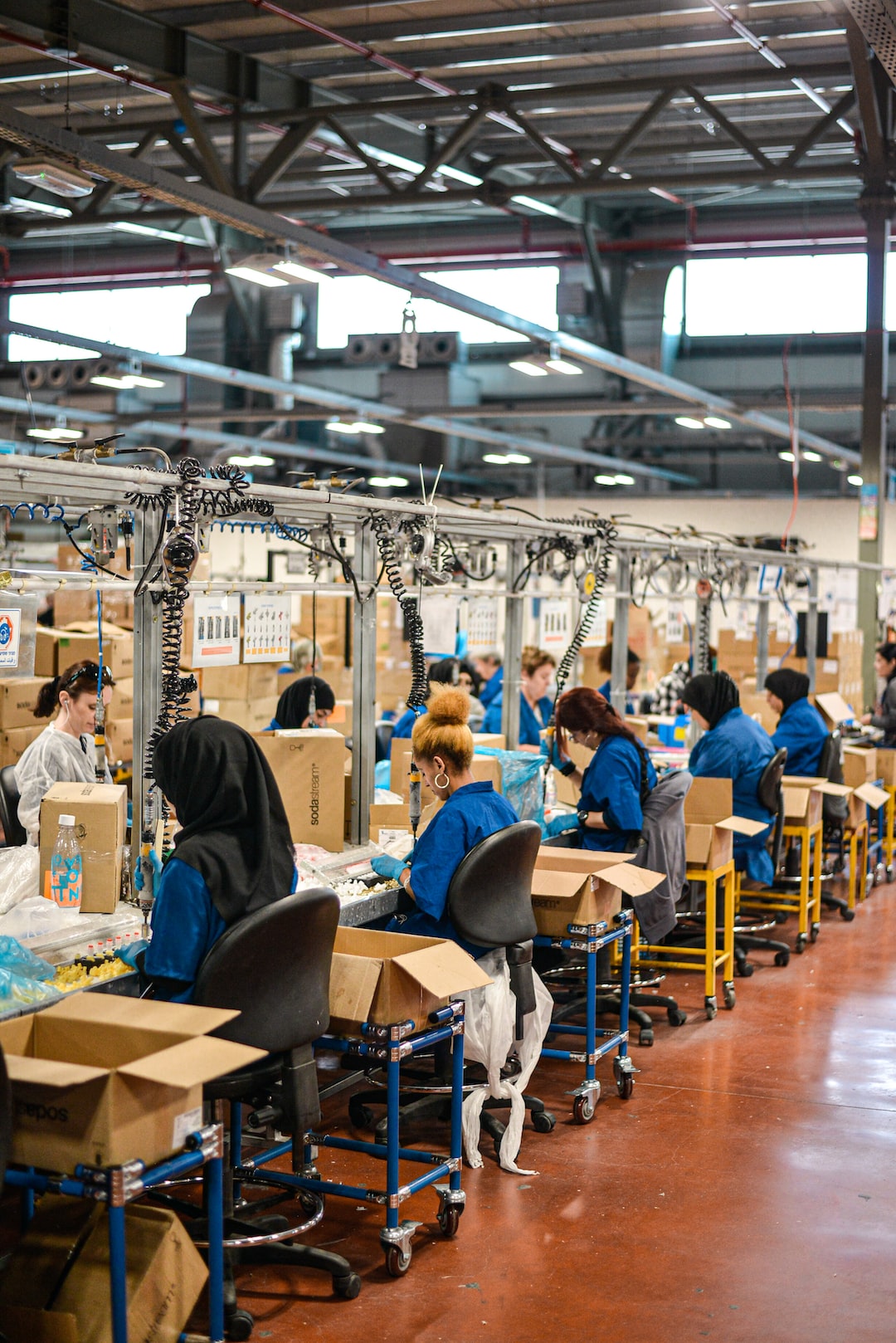Design for manufacturing (DFM) is a crucial aspect of product development, as it involves creating a design that can be efficiently and cost-effectively manufactured. It aims to optimize the production process, reduce manufacturing costs, and improve product quality. By considering manufacturing constraints and requirements during the design phase, companies can streamline production, minimize errors, and ultimately deliver a better product to their customers.
One of the key benefits of incorporating DFM principles into product design is the ability to address potential manufacturing challenges early in the process. By involving manufacturing experts from the outset, designers can gain valuable insights into the limitations and capabilities of the production line. This collaboration ensures that the design is feasible and practical, reducing the likelihood of costly design revisions or delays in production.
Another aspect of DFM is the reduction of manufacturing costs. By optimizing the design for efficient production, companies can lower material waste, minimize assembly time, and utilize standardized components. These measures not only reduce costs but also improve the sustainability of the manufacturing process. Additionally, DFM allows designers to choose materials and manufacturing methods that are not only cost-effective but also environmentally friendly.
Furthermore, DFM enables the improvement of product quality. By considering the manufacturing process during design, potential sources of defects and errors can be identified and eliminated. This leads to a higher quality product that meets or exceeds customer expectations. By focusing on prevention rather than correction, DFM helps companies avoid expensive rework or repairs later in the production cycle.
A key element of DFM is the use of advanced design tools and software. These tools enable designers to simulate the manufacturing process, identifying potential issues before production begins. By using virtual prototyping and analysis, designers can optimize the design, reduce assembly complexity, and ensure manufacturability. This digital approach not only saves time and costs but also facilitates collaboration between design and manufacturing teams.
In conclusion, design for manufacturing is a crucial aspect of product development that can significantly impact the success of a product. By considering manufacturing constraints and requirements from the early stages of the design process, companies can streamline production, reduce costs, and improve product quality. Collaboration between design and manufacturing teams, the use of advanced design tools, and a focus on efficiency and sustainability are key elements of DFM. By incorporating these principles, companies can create products that are not only aesthetically pleasing but also practical, cost-effective, and of high quality.
